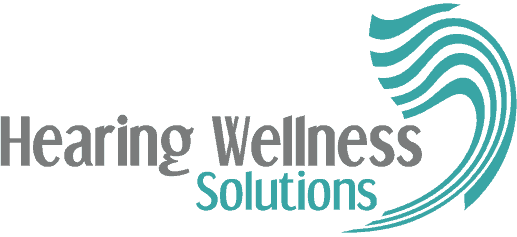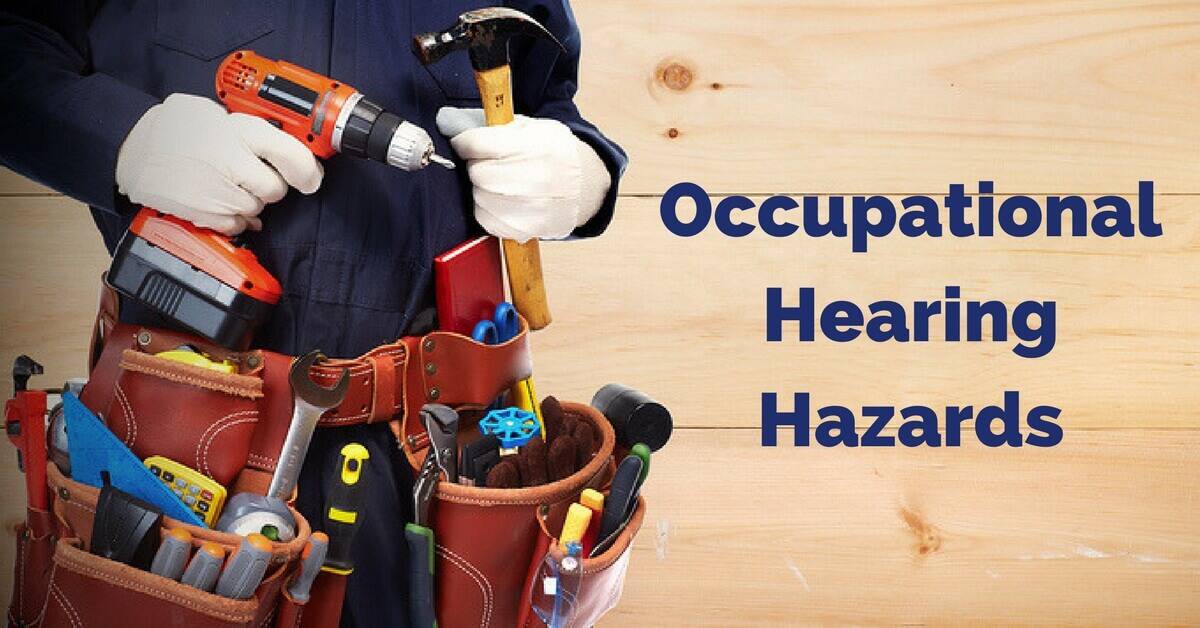We often associate hearing loss with aging, and it’s true that a person’s hearing often shows signs of “wear-and-tear” later in life. But another kind of hearing loss affects people across all age groups, and this one is completely preventable: noise-related hearing loss.
One of the most prevalent occupational illnesses in the US, hearing damage as a result of repeated or prolonged exposure to loud noise is widely under-reported and under treated, and many people may not even be aware that they have this type of hearing loss.
There is a wide range of loud noises that can be hazardous to human hearing, especially over an extended period of time. Let’s take a look at some facts about noise-related hearing loss, occupational noise, and what you can do to protect your hearing.
Noise-related hearing loss: A look at the facts
- Noise exposure is the second most common cause of acquired hearing loss (after aging).
- An estimated 24% of hearing loss in the United States has been attributed to workplace exposures. (CDC)
- People with noise-related hearing loss frequently do not recognize it; in a recent study, one-third of those who reported working in loud noise had some level of hearing loss.
- Damage to hearing accumulates over time, which means that hazardous exposure that begins earlier in life has the potential to be more damaging as someone ages.
- Noise-related hearing loss is more prevalent in males.
- Approximately 10 million Americans have permanent hearing damage from dangerous noise levels.
- A large percentage of occupational hearing loss occurs in the manufacturing sector.
- Evidence shows that stronger occupational regulation leads to decreased noise levels at work.
Why is noise-related hearing loss so prevalent?
Noise-related hearing damage is widespread and often difficult to recognize. As the damage tends to happen slowly and progressively, years can go by before a person becomes aware of the loss, and by that time it may already be significant. Loud noises in restaurants, bars, sports events, on the street, and particularly in the workplace are becoming more and more common in our culture, as is the use of earbud headphones, which also play a part in damaging young people’s ears.
What are the symptoms?
Recognition of the signs of noise-related hearing loss may be difficult, but it is crucial to catch it early on and take steps to preserve your hearing. This type of hearing damage usually occurs in both ears, but may not occur equally if the noise exposure has favored one side of the head. At first, only the highest frequencies will be lost; later the loss can spread to frequencies which are important for understanding human speech. Although you may not be aware of high frequency hearing loss, it can be detected with a hearing test.
Temporary Threshold Shift (TTS) is another warning sign that you have been exposed to a damaging level of sound. When a noise is loud enough to cause hearing loss, usually there is a short-term loss of hearing sensitivity–TTS. You may have experienced this after going to a loud concert, firing a gun or working with power tools. You may hear a ringing in the ears which signifies a temporary loss of hearing in the high frequencies. If your ears are given time to rest (typically 16 to 48 hours of relative quiet) the TTS recovers back to baseline hearing. However, if this occurrence is repeated, the TTS will not recover, and instead may become a permanent hearing loss.
Tinnitus is a troublesome condition that often results from with noise-related hearing loss. This condition is described as the perception of sound (often ringing or buzzing) without an external source. If untreated, the constant sounds of tinnitus can be quite stressful, leading to anxiety, insomnia and depression.
Protecting Your Ears
Prevention is the best course of action when it comes to noise-related hearing loss. It is important to recognize the warning signs, listen to music at a safe volume, and take care both at work and in your leisure time to protect your ears from loud noises. There are steps you can take to protect yourself from hazardous noises and prevent permanent damage to your hearing:
- Be aware of which noises can cause damage. Sounds above 85 decibels can be hazardous to the ears. Motorcycles, firearms, lawn mowers, chainsaws, powerboats, and personal listening devices can all easily the exceed safe listening threshold. As a good rule of thumb, if you have to shout to be heard by someone an arm’s length away, the noise is likely in this range.
- Take steps to reduce noise at the source, if possible. Making sure all equipment is in good maintenance, replacing a muffler, or placing a machine in an enclosure can help to shield your ears from harmful noise. Be aware of your right to high-quality ear protection in the workplace, especially if you work in a noisy job sector such as construction or manufacturing.
- Keep an eye on the volume of your personal listening devices, especially when using earbud headphones. Noise-cancelling headphones are a good option that help you to moderate your listening level; you can also buy a volume-limiting device which will prevent you from listening at a damaging volume. Remember to take listening breaks and give your ears a chance to rest.
- Remember to always wear your hearing protection devices (HPDs) such as earplugs or earmuffs, while taking part in loud activities at work or in your leisure time. When used correctly, HPD’s can be effective tools for preventing long-term hearing damage.

